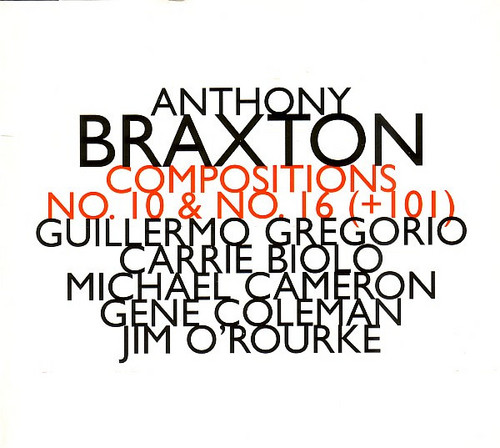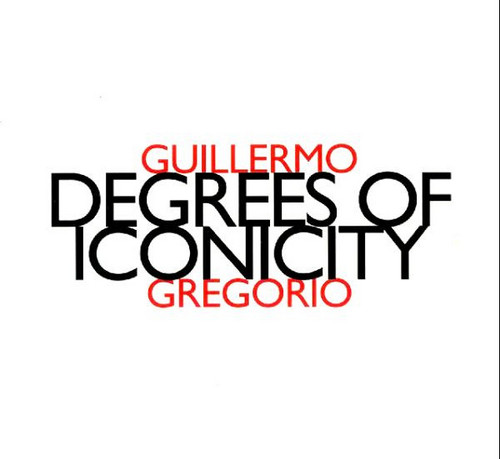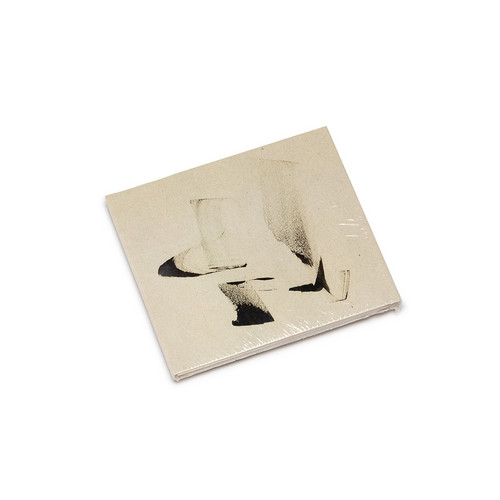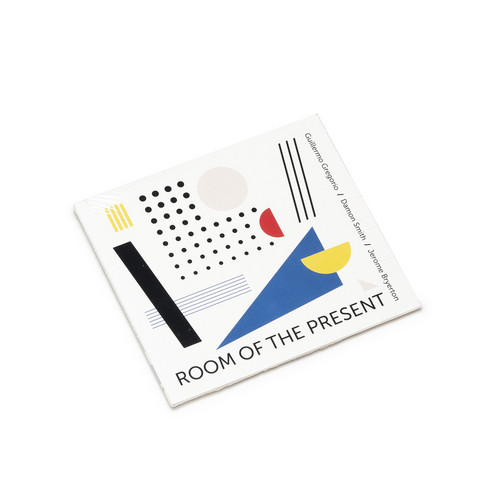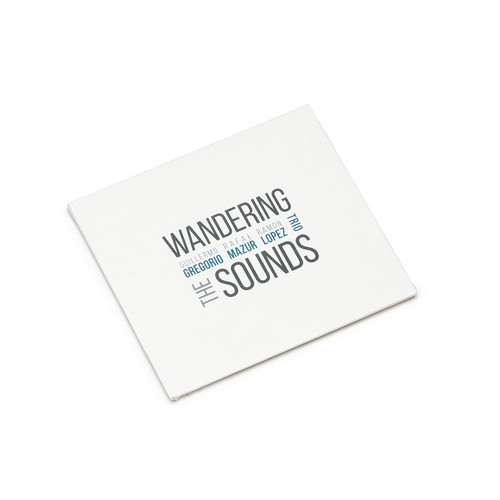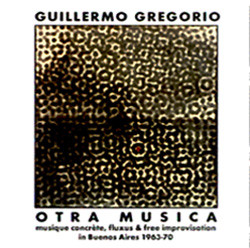Guillermo Gregorio
The Argentinian clarinettist and alt-saxaphonist Guillermo Gregorio was born in Buenos Aires in the 1940s in a musical family. Already as a teenager he took an active interest in jazz. From this experience and from his interest in Ornett Coleman and the early musique concrète, Gregorio developed a taste for exploring the limits of sound. Influenced by the modernistic spirit of the 1960s he was at first loath to perform in public and carried his experiments out in studios. Evidence of this radical research was first made accessible recently as part of John Corbett"s series "Unheard Music" ("Otra Música: Tape Music, Fluxus, and the Improvisation in Buenos Aires 1963-1970"). Gregorio was otherwise busy as a professor of architecture and as a writer of many articles and essays about classical and modern avant-garde forms of music.
The Argentinian clarinettist and alt-saxaphonist Guillermo Gregorio was born in Buenos Aires in the 1940s in a musical family. Already as a teenager he took an active interest in jazz. From this experience and from his interest in Ornett Coleman and the early musique concrète, Gregorio developed a taste for exploring the limits of sound. Influenced by the modernistic spirit of the 1960s he was at first loath to perform in public and carried his experiments out in studios. Evidence of this radical research was first made accessible recently as part of John Corbett"s series "Unheard Music" ("Otra Música: Tape Music, Fluxus, and the Improvisation in Buenos Aires 1963-1970"). Gregorio was otherwise busy as a professor of architecture and as a writer of many articles and essays about classical and modern avant-garde forms of music.
Compositions No. 10 & No. 16 (+101)
1998 release (light storage wear) ** "It has always been baffling why the work of certain contemporary composers like Anthony Braxton, whose work spans the jazz and classical genres, has not been more widely performed by musicians outside of their own immediate sphere as "standards" of modern repertoire. After all, pieces by modern composers of the generation prior to his, like Ornette Coleman or Charles Mingus, are routinely covered by performers in and outside of jazz. One would think that Bra…
Degrees Of Iconicity
2000 release (visible storage wear) ** "These ten singular compositions by Gregorio share one thing in common: a rare ability to express astonishing collages of sound, interspersed with outstanding individual improvisation, resulting in surprisingly accessible sounds that baffle as they fully absorb the listener. In an incisive essay the composer cites varieties of constructivism and concrete art as influences and wisely eschews the self-expression of so much of free improvisation in favor of ".…
Directions + Destinations
And just like that, you’ll never think of improvisation the same way again. GPS is the emerging trio raising the bar for improvised music, and 577 Records is elated to present its debut album, Directions + Destinations. The group includes clarinet wizard Guillermo Gregorio, Yamaha Performance Artist Charley Sabatino on the double bass, and flourishing saxophonist Jeff Pearring. What they make isn’t just music; it’s an unforgettable experience. Recorded in two sessions a year apart, Directions +…
The Cold Arrow
"The only time I met and spoke with Cecil Taylor was in 2003 in the basement of Tonic, the much-beloved and long-gone Lower East Side venue, where he, Sunny Murray, Andrey Henkin and myself were sitting in one of those old wooden wine-cask cabanas they had. Murray’s group was playing there that evening and Cecil had come out to see the band. I remember Cecil whispering a query in my ear: “Mr. Allen, who is your favorite architect?” At that point I was not a follower of architecture but having re…
What Is...?
The first Wandering The Sound album in 2018 was the trio of Argentinian reedist Guillermo Gregorio, Spanish drummer Ramón López and Polish bassist Rafał Mazur, here extended to a quintet with pianist Satoko Fujii and trumpeter Natsuki Tamura for a 2019 concert at Alchemia in Poland, a masterful example of free improv based on a poem by Ikkyu Sojun, a Zen master from the 15th century.
The Great Tone has no Sound
Twenty years ago bass player Rafał Mazur started his journey in the improvised music world. From that time he became one of the key figures on the European scene and one of the most adventurous acoustic bass players in the world. From that time he played with such great improvisers as Laurence D. Butch Morris, Joelle Leandre, Barry Guy, Agusti Fernandez among others. Now we celebrate this jubilee by releasing the four-CD box set where Rafał invited to play the music of such fantastic musicians a…
Room of the Present
Fundacja Słuchaj! presents Room of the Present by Guillermo Gregorio, Damon Smith and Jerome Bryerton. Recorded by Todd Carter, Experimental Sound Studio, Chicago 2007 & 2008. Mixed & mastered by Ryan Edwards. "Madipiece 1," "Madipiece 2," "Coplanar 1+2," "Moholy 2," and "Otra Musica 4b." by Guillermo Gregroio, Copyright Guillermo Gregorio "Cards" by Roscoe Mitchell Art Ensemble Of Chicago Publishing Co. Ascap.
This album is structured around two performances of Guillermo Gregorio’s graphic scor…
Wandering The Sound
It is very common today to see musicians from diverse musical and cultural backgrounds converging at some geographical point to improvise together. Collective improvisation is an interactive art. The responses among the improvisers are individual and subjective, but the whole result implies a kind of inter-subjectivity. Subjectivities are historical and embodied. They are configured through successive experiences within concrete contexts and are embodied in the sense that subjectivity can’t exis…
Otra Musica
The full title of this landmark collection, Otra Musica: Tape Music, Fluxus & Free Improvisation in Buenos Aires 1963-70, says a tremendous amount this overwhelming package in & of itself. Though he has only recently come to international attention through his recordings for Hatart as a leader and with Franz Koglmann, Argentinean clarinetist and alto saxophonist Guillermo Gregorio had a fascinating earlier artistic incarnation in Buenos Aires. Heretofore totally unknown, these recordings bring t…
Coplanar
Guillermo Gregorio (b. 1941, Buenos Aires) is an Argentine composer, clarinetist, and saxophonist whose career bridges avant-garde music, visual art, and architecture. Active on the Argentine experimental scene from the 1960s through the early 1980s, he was a key member of groups like Movimiento Música Más (a Fluxus collective), the Experimental Group of Buenos Aires, and the Group of Contemporary Music of La Plata, engaging in Fluxus events, multimedia spectacles, and experimental concerts.
Gre…
